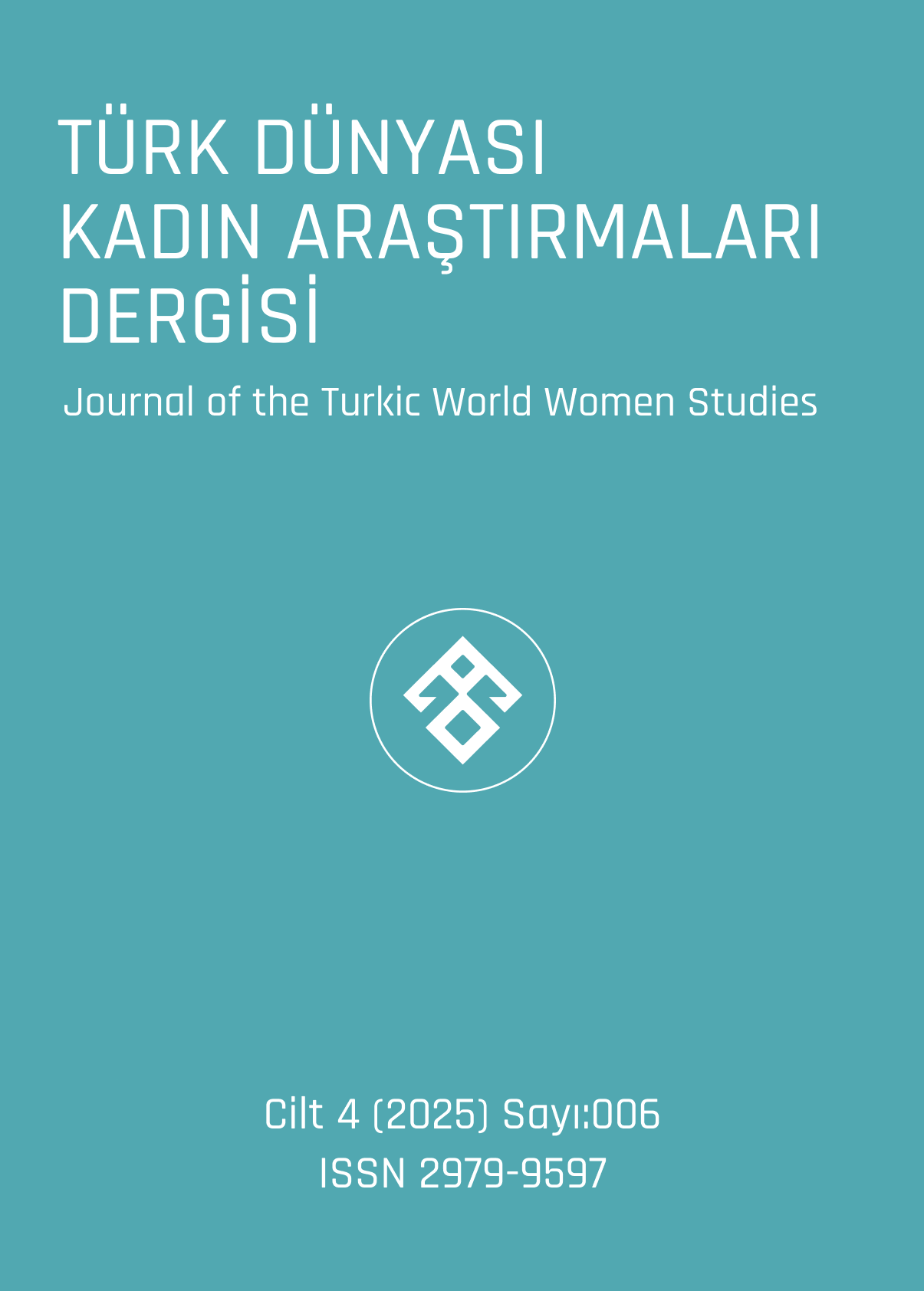A Global Perspective on Women's Health: K-Means Cluster Analysis
DOI:
https://doi.org/10.5281/zenodo.15108776%20Keywords:
Women's health, health, K-means clustering, sociodemographic factors, health policies.Abstract
Assessing women's health at the global level is critical to understanding gender inequalities, socioeconomic dynamics, and the effectiveness of health policies. This study aims to compare women's health indicators in different countries using K-means cluster analysis and group countries with similar profiles.
In the study, criteria regarding women's health from the data provided by the World Bank were used. Using the k-means clustering method, countries were divided into C1 and C2 categories according to health indicators. C1 countries are generally developing or underdeveloped countries and are affected by deficiencies in health infrastructure and socioeconomic inequalities. C2 countries consist of developed or rapidly developing countries with high living standards and strong health systems. The results of the study highlight key factors that policymakers should pay attention to to improve women's health. The findings provide recommendations for improving health policies and reducing global health inequalities.
References
Açıkgöz, A., Çehreli, R. K. S. A. N., & Ellidokuz, H. L. Y. A. (2011). Women's Knowledge and Attitude About Cancer And The Behaviour For Early Diagnosis Procedures.
Berkman, L. F., Kawachi, I., & Glymour, M. M. (2014). Social epidemiology. Oxford University Press.
Deaton, A. (2013). The Great Escape: Health, Wealth, and the Origins of Inequality. Princeton University Press.
Everitt, B. S., Landau, S., Leese, M., & Stahl, D. (2011). Cluster analysis. John Wiley & Sons.
Gwatkin, D. R., Rutstein, S., Johnson, K., Suliman, E., Wagstaff, A., & Amouzou, A. (2007). Socio-economic differences in health, nutrition, and population within developing countries. The World Bank.
Hastie, T., Tibshirani, R., & Friedman, J. (2009). The elements of statistical learning. Springer.
Hekim, M. & Orhan, U. (2011). Subtractive Approach to fuzzy c-means clustering method.
International Monetary Fund (IMF). (2022). World Economic Outlook. IMF Publications.
Jha, P., Ramasundarahettige, C., Landsman, V., Rostron, B., Thun, M., Anderson, R. N., & Peto, R. (2015). 21st-century hazards of smoking and benefits of cessation in the United States. New England Journal of Medicine, 368(4), 341-350.
Kassambara, A. (2017). Practical Guide to Cluster Analysis in R. STHDA.
Ketchen, D. J., & Shook, C. L. (1996). The application of cluster analysis in strategic management research: An analysis and critique. Strategic Management Journal, 17(6), 441-458.
Lloyd, S. (1982). Least squares quantization in PCM. IEEE Transactions on Information Theory, 28(2), 129-137.
MacQueen, J. (1967). Some methods for classification and analysis of multivariate observations. Proceedings of the Fifth Berkeley Symposium on Mathematical Statistics and Probability, 1(14), 281-297.
Marmot, M. (2015). The health gap: The challenge of an unequal world. Bloomsbury Publishing.
Organization for Economic Co-operation and Development (OECD). (2022). Economic Development Report. OECD Publishing.
Sen, G., & Östlin, P. (2008). Gender inequity in health: Why it exists and how we can change it. Global Public Health, 3(1), 1-12.
Sünbül, A. (2019). Kadın Sağlığını Etkileyen Faktörler: Kocagür Örneği.
UN Women. (2021). Gender Equality in Health and Development. United Nations Women.
UNDP. (2021). Human Development Report 2021. United Nations.
United Nations Development Programme (UNDP). (2020). Human Development Report. UNDP Publications.
United Nations Educational, Scientific and Cultural Organization (UNESCO). (2021). Global Education Monitoring Report. UNESCO Publishing.
WHO. (2019). Trends in Maternal Mortality 2000 to 2017. World Health Organization.
World Bank. (2021). World Development Indicators. World Bank Group.
World Health Organization (WHO). (2021). Global Health Statistics Report. WHO Publications.
World Health Organization. (2019). Global status report on alcohol and health 2018. WHO Press.
World Health Organization. (2020). Women’s health and well-being: Progress and challenges. WHO Press.
Yılmaz, M., Seki, Z., Gürler, H., & Selda Çifçi, E. (2010). Evaluation of Risk Factors of Breast Cancer in Women Employees in A University.
Downloads
Published
How to Cite
Issue
Section
License
Copyright (c) 2025 Journal of the Turkic World Women Studies

This work is licensed under a Creative Commons Attribution 4.0 International License.



